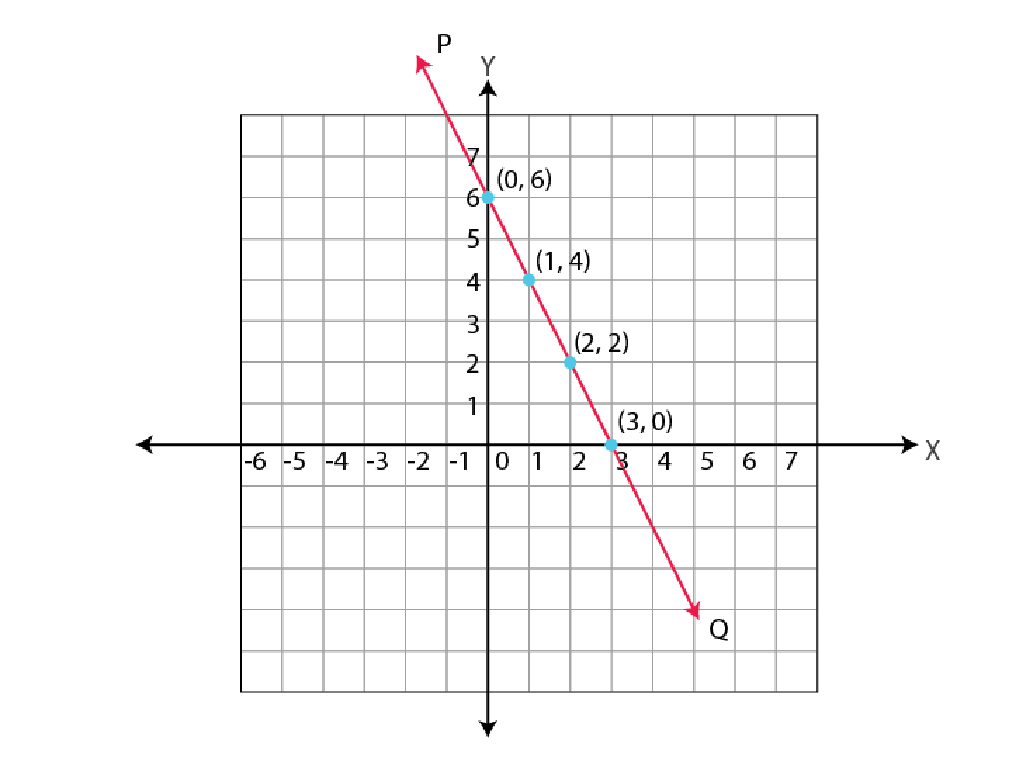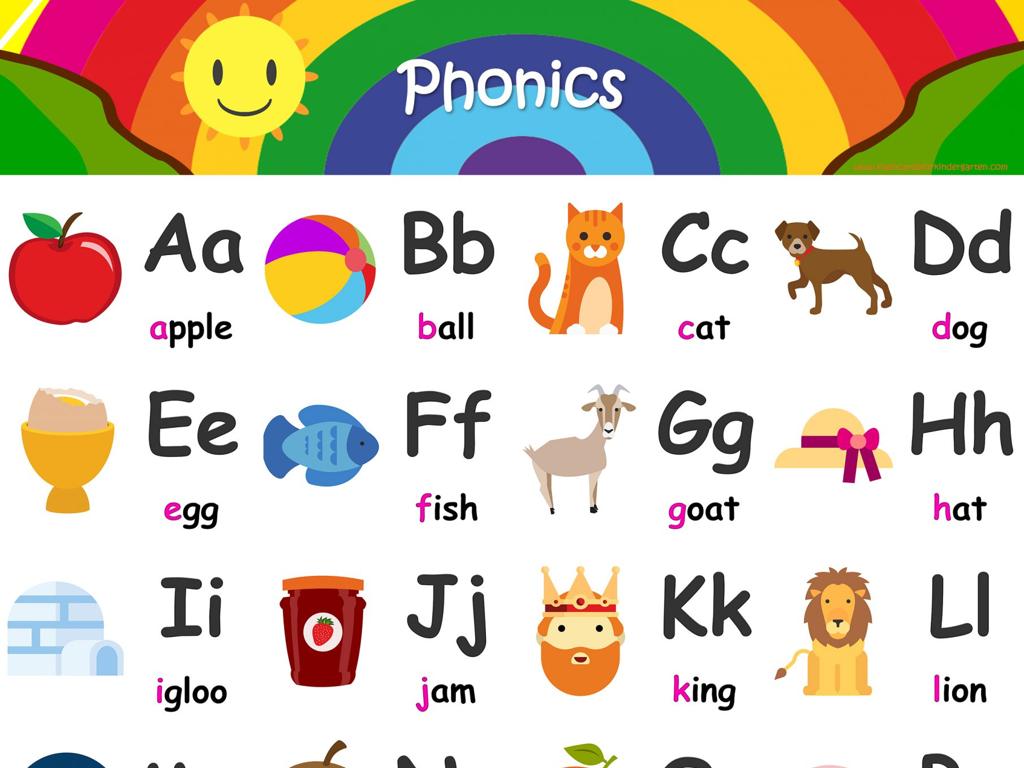Classify Triangles
Subject: Math
Grade: Seventh grade
Topic: Two-Dimensional Figures
Please LOG IN to download the presentation. Access is available to registered users only.
View More Content
Classifying Triangles in Geometry
– Triangles: Basic Properties
– A triangle has 3 sides, 3 angles, and 3 vertices.
– Importance of Classification
– Knowing types helps in geometry problems & real-life applications.
– Types of Triangles by Sides
– Equilateral, Isosceles, and Scalene triangles.
– Types of Triangles by Angles
– Acute, Right, and Obtuse triangles.
|
This slide introduces the concept of classifying triangles, a fundamental skill in understanding two-dimensional figures. Start by discussing the basic properties of triangles, emphasizing that all triangles have three sides, angles, and vertices. Explain why classification is crucial: it simplifies problem-solving in geometry and has practical applications in fields like engineering and architecture. Introduce the two main ways to classify triangles: by sides (equilateral, isosceles, scalene) and by angles (acute, right, obtuse). Provide examples of each and encourage students to think of where they might encounter different types of triangles in the real world.
Exploring Triangles
– Define a triangle
– A shape with three sides and three angles
– Elements of a triangle
– Vertices are corners; sides are edges; angles are inside spaces
– Triangles vs. other polygons
– Polygons have 3 or more sides; triangles have exactly 3
– Classifying triangles
– Based on side lengths or angles, triangles can be classified
|
This slide introduces the basic concept of triangles to the students. Begin with the definition, emphasizing that a triangle is the simplest polygon with three straight sides and three angles. Discuss the elements of a triangle, including vertices (corners), sides (edges), and angles (inside spaces). Compare triangles with other polygons, highlighting that triangles are a specific type of polygon with three sides. Finally, touch on the classification of triangles based on side lengths (equilateral, isosceles, scalene) and angles (acute, right, obtuse). Use diagrams to illustrate different types of triangles and ensure students understand how to distinguish them. This foundational knowledge sets the stage for deeper exploration of geometric properties and theorems related to triangles.
Classifying Triangles by Sides
– Equilateral triangles: all sides equal
– Example: Sides of 5 cm, 5 cm, 5 cm
– Isosceles triangles: two sides equal
– Example: Sides of 7 cm, 7 cm, 5 cm
– Scalene triangles: no sides equal
– Example: Sides of 4 cm, 5 cm, 6 cm
– Examples for each triangle type
|
This slide is focused on helping students understand how to classify triangles based on the lengths of their sides. An equilateral triangle has all three sides of the same length, which also means all angles are equal (60 degrees each). An isosceles triangle has two sides of the same length, and the angles opposite those sides are also equal. A scalene triangle has all sides of different lengths, and consequently, all angles are different. Provide clear examples for each type to ensure students can visualize and differentiate between them. Encourage students to draw their own triangles and classify them accordingly. This will help solidify their understanding of the concepts.
Classifying Triangles by Angles
– Acute triangles: all angles 90°
– e.g., a triangle with angles 120°, 30°, 30°
– Examples for each triangle type
|
This slide introduces students to the classification of triangles based on their angles. Acute triangles have all angles measuring less than 90 degrees, which are often seen in various geometric shapes and designs. Right triangles, with one 90-degree angle, are fundamental in construction and trigonometry. Obtuse triangles have one angle measuring more than 90 degrees and can be observed in art and architecture. Provide examples of each type to help students visualize and understand the concepts better. Encourage students to draw their own examples and to identify triangles in their environment. This will help solidify their understanding of how triangles can be classified by their angles.
Properties of Triangles
– Sum of angles equals 180°
– Longest side opposite largest angle
– In a triangle, the longest side is always across from the biggest angle.
– Shortest side opposite smallest angle
– Conversely, the smallest angle is always across from the shortest side.
– Class activity: Explore triangle properties
– Use various triangles to identify and discuss these properties.
|
This slide introduces students to the fundamental properties of triangles. Begin by explaining that the sum of the interior angles in any triangle will always add up to 180 degrees. This is a key concept that they will use in various mathematical problems. Next, discuss how the sides of a triangle are related to its angles: the longest side is always opposite the largest angle, and the shortest side is opposite the smallest angle. For the class activity, provide students with different triangles (acute, obtuse, and right) and ask them to identify these properties. This hands-on activity will help solidify their understanding. Encourage students to explain their reasoning for each triangle they analyze.
Real-life Triangle Applications
– Triangles in architecture
– Used for stability and strength in buildings and bridges
– Triangles in art
– Artists use triangles to guide composition and aesthetics
– Triangles in nature
– Found in trees and mountains for structural efficiency
– Discuss triangles’ usage
– Why are triangles preferred in these examples?
|
This slide aims to show students how triangles are used in various real-life contexts, emphasizing their importance beyond theoretical geometry. In architecture, triangles provide stability and can bear heavy loads, making them essential for construction. In art, triangles help artists create balanced and pleasing compositions. Nature favors triangles for their ability to distribute stress and support structures efficiently. Encourage students to think critically about the reasons triangles are prevalent in these areas and to discuss their ideas. This will help them understand the practical significance of geometric shapes and foster a deeper appreciation for the role of mathematics in the world around them.
Class Activity: Triangle Scavenger Hunt
– Find triangles in school
– Draw or photograph your findings
– Present triangles to the class
– Reflect on the scavenger hunt
– Consider what was difficult and what you discovered about triangles
|
This interactive activity is designed to help students apply their knowledge of triangles in a real-world context. Students will search for different types of triangles within their school environment, encouraging them to observe their surroundings and identify geometric shapes. They should draw or take pictures of equilateral, isosceles, and scalene triangles. After collecting the images, students will present their findings to the class, explaining how they identified each type of triangle. The reflection part of the activity will allow students to discuss any challenges they faced and share new insights gained. For the teacher: Prepare a list of 4-5 possible types of triangles that students might find, such as architectural features, objects, or signs. Ensure students understand safety while moving around and taking pictures. Provide examples of where they might find triangles, like the playground, library, or cafeteria.





